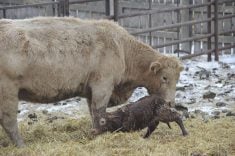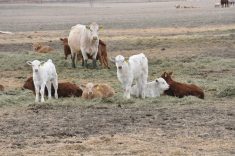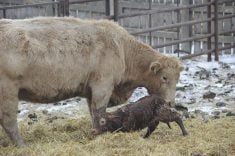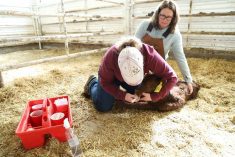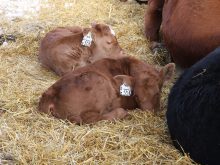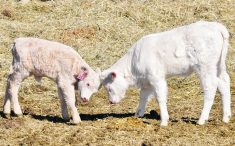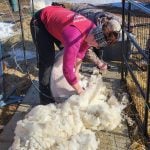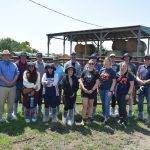Calving season is a critical time on cow-calf operations.
Producing and weaning live calves is an important component of cow-calf profitability, and problems that occur at this time of year can have significant consequences. The birthing period and the first few days of life have been shown to be the most hazardous time for calves.
Studies have found that calving difficulty, also known as dystocia, is a major cause of calf losses in the North American beef industry.
In a study that followed more than 13,000 calvings, 69 percent of pre-weaning mortality occurred within the first 96 hours of birth.
Read Also
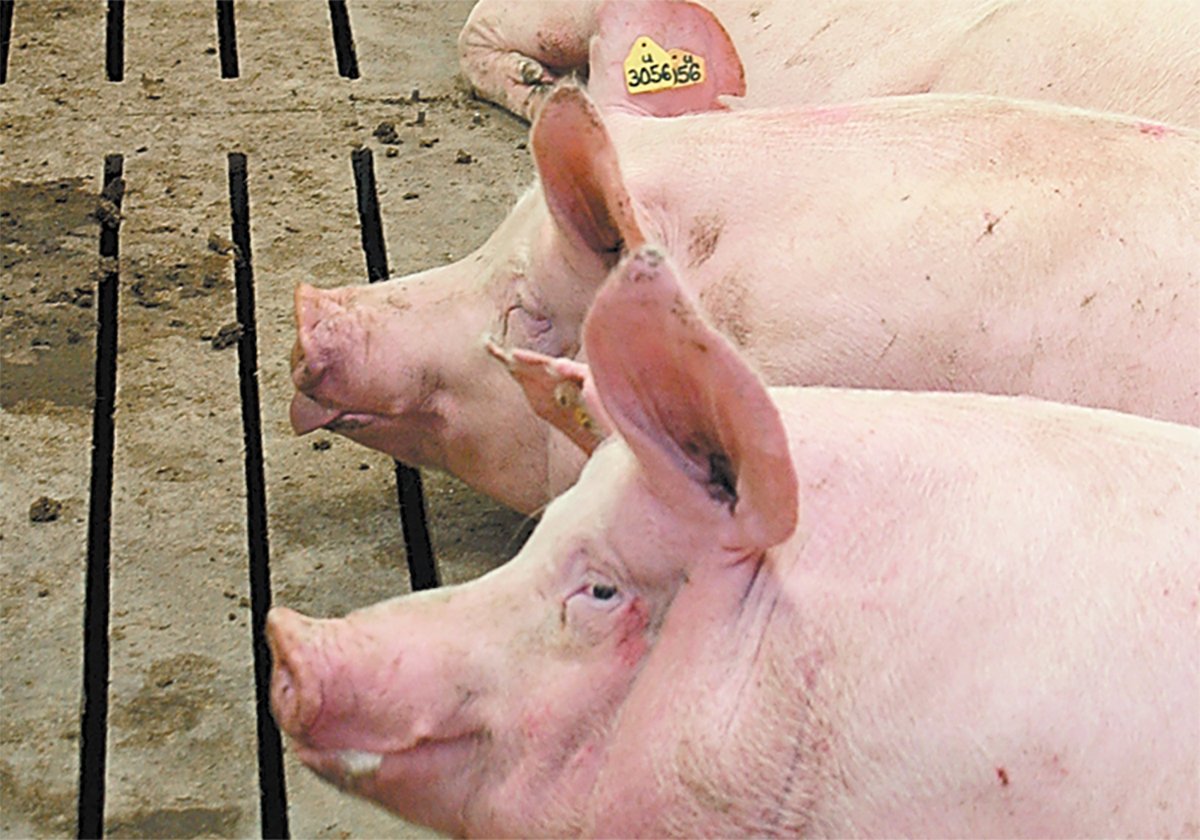
Western Producer Livestock Report – August 14, 2025
Western Producer Livestock Report for August 14, 2025. See U.S. & Canadian hog prices, Canadian bison & lamb market data and sales insights.
Almost two-thirds of these losses were directly attributable to dystocia.
Dystocia can directly cause a calf’s death by leaving it in the birth canal for too long, which results in a lack of oxygen, but it also causes indirect losses by increasing the susceptibility of surviving calves to infectious disease.
Calves that survive dystocia have been demonstrated to be 2.4 times more likely to become sick during the first 45 days of life.
Other researchers have shown that calves that experience dystocia are 13 times more likely to die within 12 hours of birth.
The U.S. Department of Agriculture’s National Animal Health Monitoring Service (NAHMS) does periodic surveys of livestock industries in the United States. In 2007-08, it surveyed cow-calf producers from 24 states about management practices in their herds.
Producers reported giving calving assistance to 11.6 percent of heifers and only 4.3 percent of cows. Only 3.4 percent of heifers and one percent of cows required a “hard pull” and .5 percent of heifers and .1 percent of cows required a caesarean section.
This is a significant improvement from the previous study done 10 years earlier, when the incidence of calving difficulty in heifers was 17 percent.
If the decreases in calving difficulties shown in the NAHMS study are true, it means purebred breeders have made great gains in selecting bulls for easy calving and commercial cow-calf producers have obviously taken advantage of these traits when buying bulls for their herds.
However, calving problems can still occur despite our best efforts to prevent them, and early and appropriate intervention is the key.
Early intervention may minimize calf stress and reduce the oxygen deprivation that can occur during the time the calf spends in the birth canal.
Calves that have been in the birth canal too long will have a reduction in blood oxygen as well as a disturbance in the pH of their blood stream.
They will tend to have a blood pH that is lower than normal, which makes them slow to respond and have difficulty rising.
These calves can often be recognized by the time it takes them to roll onto their chest after being born. Calves that have a low blood pH and low blood oxygen will often stay lying on their sides for a longer period of time after birth and will not right themselves quickly.
Normal calves will be lying upright on their chests within the first few minutes of birth.
Calves that have been stressed by being too long in the birth canal often take more than 10 to 15 minutes to take up this position.
These calves should be given extra attention. The dam should be milked and the calf should be immediately tubed with colostrum.
Some of these calves may be “dummy calves,” which require significant effort to help them nurse their dams in the first few days of life.
Ideally, we would like to intervene at the appropriate time of calving so that these problems don’t occur.
We don’t want to interfere with the birth process in animals that don’t need assistance, but we want to provide prompt assistance when required.
A good rule of thumb is that the cow should be restrained and examined to see if assistance is required if no progress has been made in 90 minutes since the first water bag appears. Producers should also consider intervening if a cow has been actively straining for 40 minutes with no progress.
Obvious backward calvings or a situation where only a head or tail emerges should always be given prompt assistance.
As well, cows should be examined if they demonstrate four to five hours of anxiety, such as walking about or with a tail extended.
Keeping calves alive for the first critical days of their lives is an important task for producers at this time of year.
Many of you will have a few sleepless nights as a result of your efforts, but providing prompt assistance if calving difficulties are recognized is a critical component of getting calves off to a good start.
John Campbell is head of Large Animal Clinical Sciences at the University of Saskatchewan’s Western College of Veterinary Medicine.



